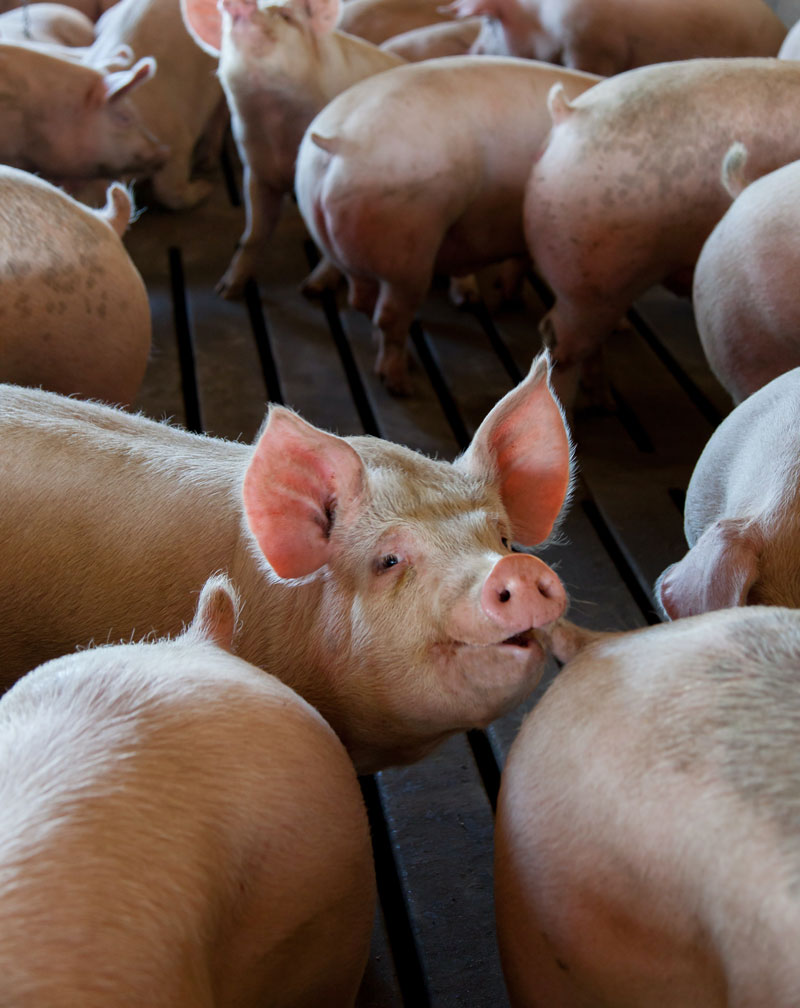2 min read

By: MD Biosciences on Jun 8, 2011 10:46:00 AM

Common models for preclinical efficacy often use rodents as they are readily available, cost effective, easy to handle and most familiar to investigators. In choosing a preclinical model, one also needs to consider the anatomical/functional similarity to humans and there are cases where moving onto a larger species is more relevant to the clinic and human condition. Two of those cases are described below:
Small animals such as the rat and mouse different from humans in that they have a dense layer of hair on the body, a thin epidermis and they heal primarily through wound contraction as opposed to re-epithelization as in the swine and human. Anatomically and physiologically, swine skin is more similar to human skin:
Anatomically, swine hearts are very similar in size and gross structure to human hearts and at the level of coronary vasculature are nearly identical - blood supply is right side dominat and pre-formed collaterals are absent. Physiologically, the baseline heart rate and blood pressure of swine are similar to humans.
AMI induction in swine is relatively easy by a variety of means and produces infarcts similar to those observed in humans with predictable sizes, locations and time courses. All cardioprotective schemes so far identified for humans have been described in swine after ischemia and reperfusion, namely hibernation ad ischemic pre- and post-conditioning.
Experimentally, porcine are capable of tolerating long and complex protocols, medical device implantation and repeated surgeries. In the post-operative pain model, pain can be evaluated up to 12 days and wound healing/inflammation can be observed simultaneously with pain. In the cardiac models, hearts are large enough to allow myocardial biopsies to be taken both from infarct area and an unaffected area, providing a conventional internal control. Additionally, intracoronary drug delivery and implantation of devices or microdialysis probes enables measurement of small, diffusible bioactive molecules.
References